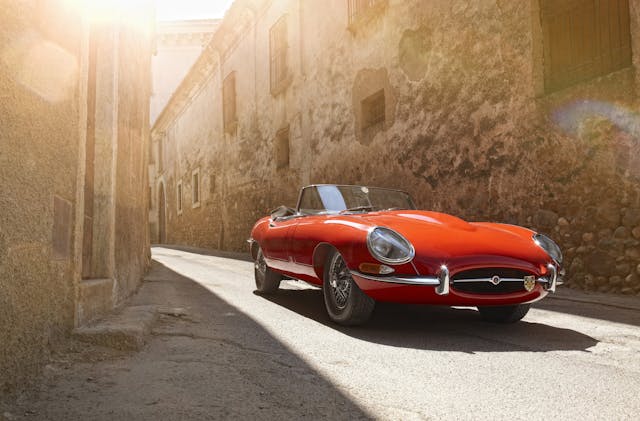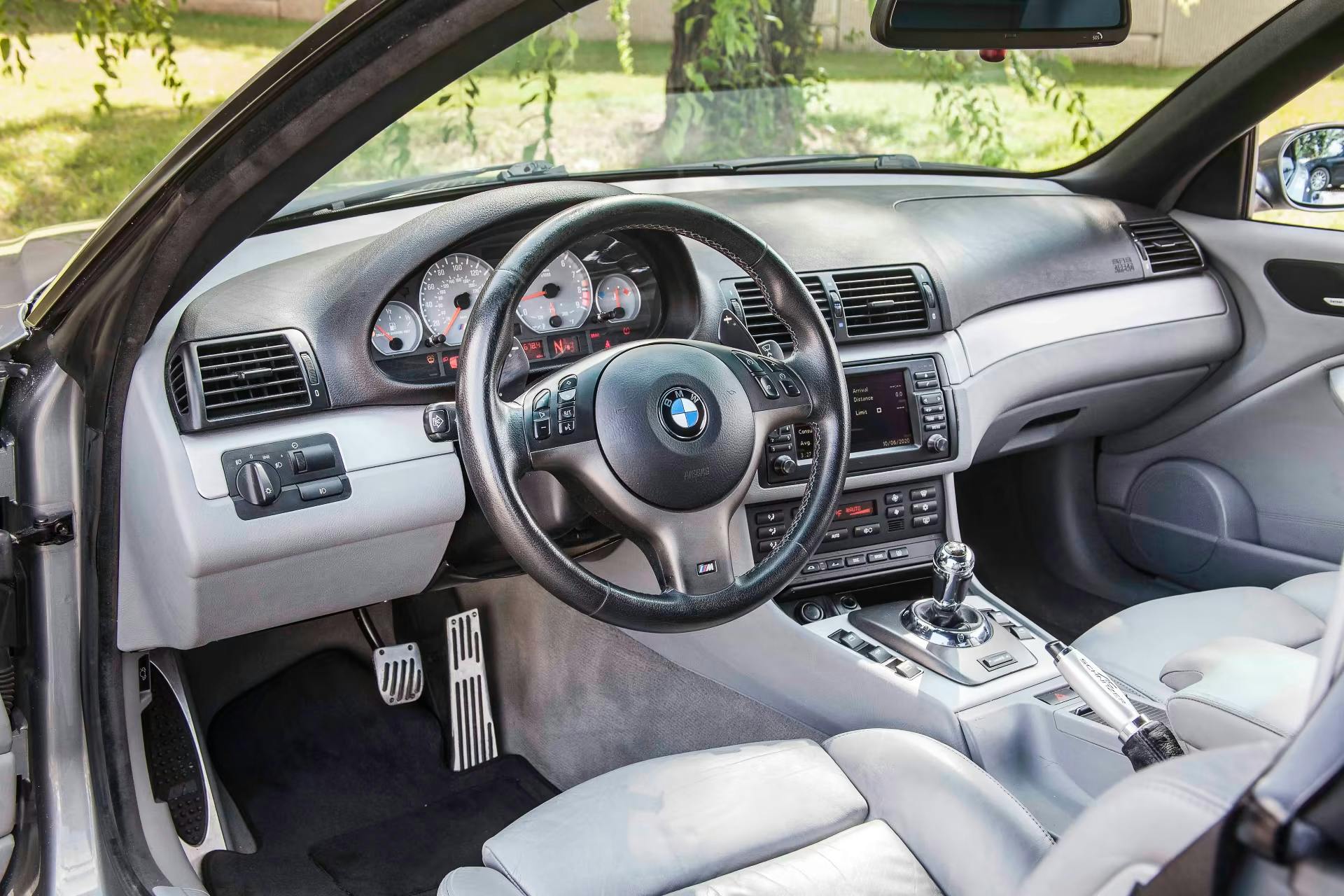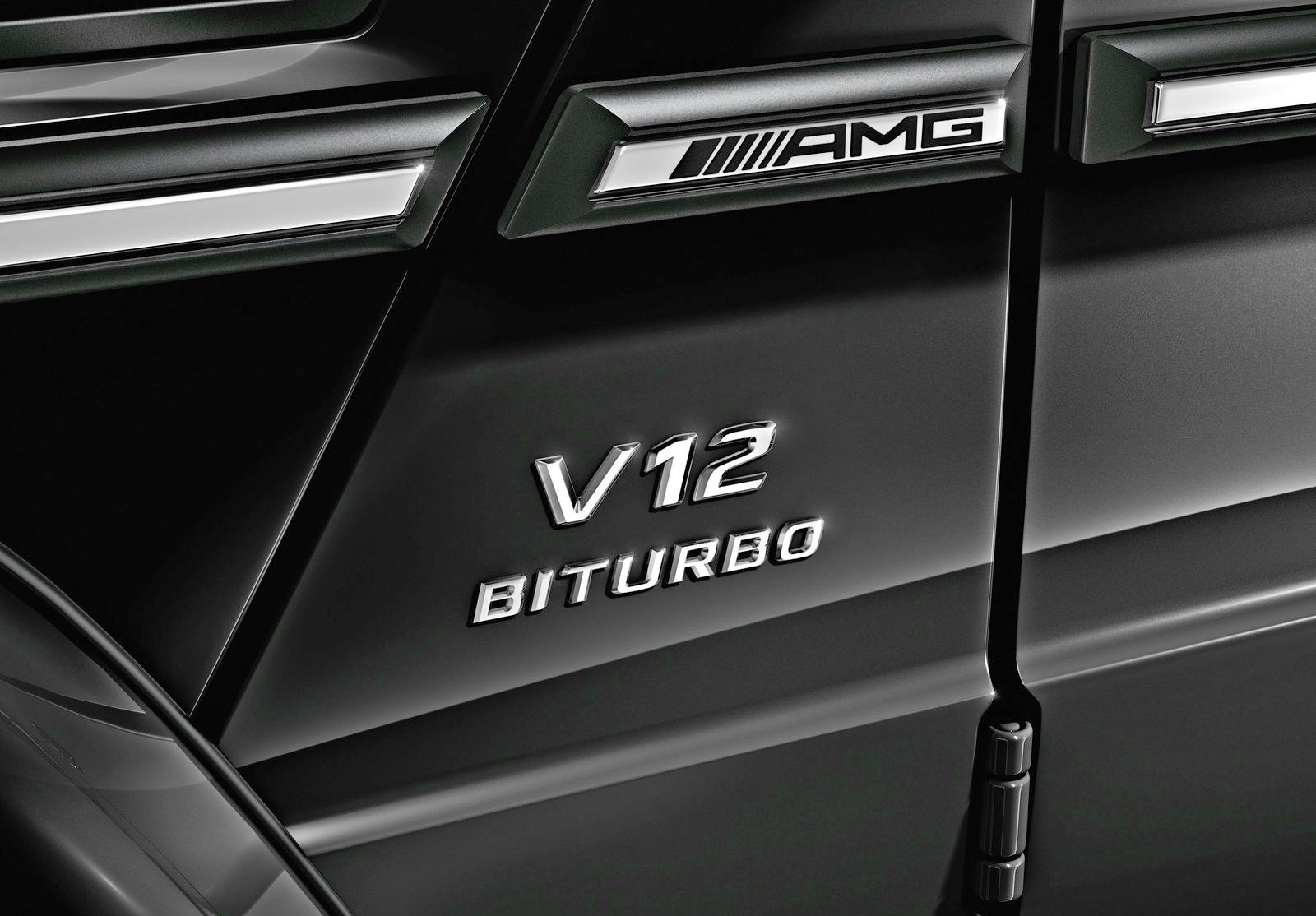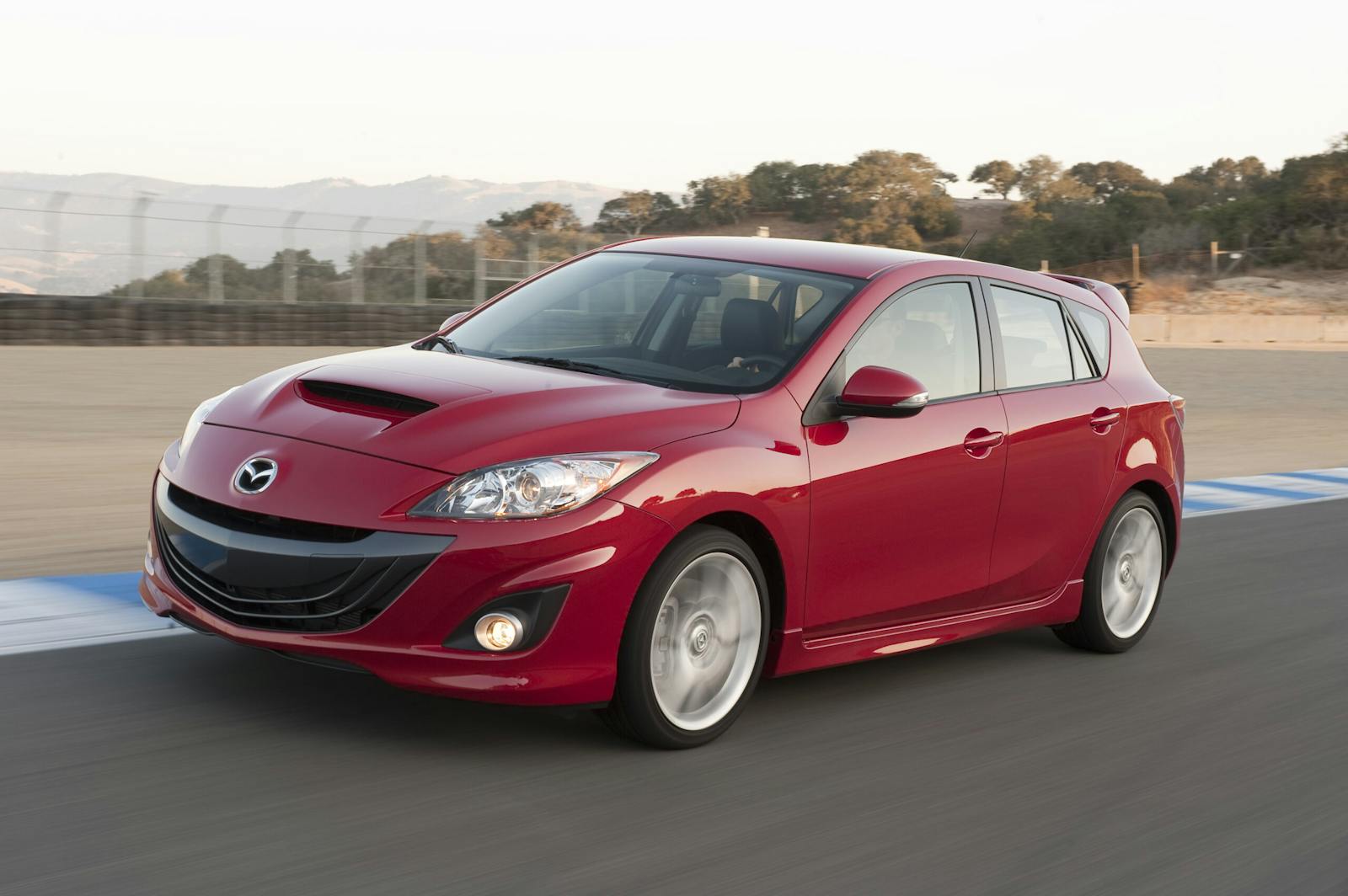3 classics with Achilles’ heels, and how to heal them
Most of us are familiar with the Greek myth of Achilles. His mother dipped him in the River Styx, rendering him invulnerable (almost). Presumably, to keep him from drowning before he could become God-like, Achilles’ mom Thetis had to hold him from somewhere, and his heel presented the most convenient handle. Since she neglected to perform a follow-up dip on the back of that foot, the proverbial “Achilles heel” has come to signify a weak spot in a person, or a fatal flaw in machinery.
Some of my favorite old cars probably have a pair of Achilles heels, and maybe an Agamemnon wrist or two if that were a thing. But unlike the fatal flaws of epic characters gone by, surely a clever wrench with a plan can overcome vehicular weaknesses to make the perfect classic, right?
Jaguar E-type (Series I )

I’ve owned what many people think of as the Achilles of sports cars. The Series I Jaguar E-type has a reputation for being almost god-like in its beauty, but painful to own, a car as reliable as the average drunk person on New Year’s Eve. I loved mine so much that I was insane enough to explore trying to make it work as a daily driver.
The pain points of the car were well-documented: An inefficient radiator and insufficient airflow caused the car to overheat in traffic on 70 degree days. The Lucas alternator lacked the juice to simultaneously operate the lights, wipers, and blower, and also failed outright with alarming regularity. The SU electric fuel pump had points, much like the also-unreliable ignition system. But there were cures: a modern aluminum radiator, and a huge electric fan allowed the car to idle on 90 degree days. A GM single-wire alternator provided a charging system that did its job, and solid-state ignition system and fuel pump banished the odd roadside breakdown. For over a year, I daily-drove the Jag and enjoyed Camry-like reliability in what is normally one of the most fickle cars of all time.
BMW E46 M3

An entire epic saga could be written about British electrics, but automotive weaknesses unfortunately aren’t limited to one nation or era. Enter the BMW E46 M3, an astonishingly good driver’s car. The last M3 with a naturally-aspirated straight-six, it had the misfortune of being built when manual transmission take rates had begun to plummet. BMW came up with what it thought was a sufficiently sporty compromise: the Sequential Manual Gearbox (SMG). Actually a manual transmission with an electro-hydraulically actuated, pedal-less clutch, you shifted the SMG either with paddles, or by moving the shift lever forwards or backwards. The box could shift on its own as well.
Alas, it hasn’t aged well, and many joke that SMG actually stands for “Serious Money Gone.” The hydraulic pump that operates the clutch is one of the culprits, costing thousands to repair. Even when working properly, the quality and speed of shifts pale in comparison to a modern dual-clutch automatic. But thankfully, the cure for this particular Achilles heel is easier than you might think, given that BMW simply automated their manual transmission. The row-your-own conversion is a matter of removing the pump that automates the clutch engagement, sourcing an OEM clutch master cylinder, pedal cluster, and a shifter, and re-programming the ECM to tell the car that it’s a conventional manual. The whole thing can be completed for $3,000 to $4,000 depending on whether or not you need a new clutch, and according to Hagerty transaction data, manual-converted M3s typically see their value go up in the marketplace.
Land Rover Discovery

Even tough off-roaders aren’t immune to weaknesses, and the original Land Rover Discovery is the perfect example. Boxy and upright with an air of understated upper-crust British luxury, Discoveries are totally capable off-road, but they’re also pitifully unreliable. That’s surprising, given the heart of the car is an American engine—the aluminum ex-Buick, Oldsmobile, Pontiac V-8. Ancient tooling and a series of displacement increases took their toll, and Discos have become famous for mixing coolant and oil in creative ways. Popped cylinder liners, cracked blocks, warped/cracked heads, the list goes on. While LS swaps are almost a cliché by now, if ever there was a platform tailor-made for one, it’s the classic Discovery.
The Disco has more than one Achilles heel, though. In addition to the engines, power-steering racks leak, ABS systems fail, cooling systems are dreadful, the list goes on. If you happen to test drive a Disco with no dash lights on, feel free to peel off the electrical tape covering them.

Numerous shops specialize in everything from simple powertrain swaps to nearly complete remanufacturing of Discos. And while the cost can be staggering—as much as a new Land Rover Defender—you can have a bulletproof classic Land Rover that you can actually trust to go off-roading or camping with. There’s a certain cachet in daily driving a classic, and a sense of accomplishment in the fact that you were able to do what Thetis wasn’t able to do for Achilles.
***
Check out the Hagerty Media homepage so you don’t miss a single story, or better yet, bookmark it. To get our best stories delivered right to your inbox, subscribe to our newsletters.





You had me at Lucas.
As the saying goes: “If you want to get there, drive a Land Rover. If you also want to get back, drive a Range Rover.”
I have two E-Types. Haven’t experienced the problems mentioned. I also have a BMW Z4, now that’s a totally different story!
One that I let get away and still regret having done so. Jaguar E-type … but not just “any” Jag.
The biggest reason I didn’t buy it was because I thought an E type without original engine / drivetrain ect would be foolish. I l knew very well the epic skill level of the mechanic that had transplanted the heart & soul of a wrecked Mustang Cobra into this car and I had even driven it several times. The mechanic was moving out of state and offered it to be at well under the cost of materials he had put into the car. At $5k it was a steal. All the looks of a Jag, but all components (including suspension) available off the shelf and super reliable. 15 years later I would see it again at a car show. Looking abused & not well taken care of with a for sale sign on it for $17k … it was sold in the first ½ hour of the show and again in the next hour for $20k.
If you want cheap ’n’ easy, get a golf cart, not another car gutted by someone w/ the ability to do a transplant, but not the knowledge to appreciate the real thing.
I drove a series 1 E as a daily driver for 5 years, only problem I had was sunken float in one of the 3 carbs, easily fixed, Impact with a deer stoped the pleasure,
Hmm..I’ve owned all except the Jag…. My simple, basic diesel Defender is possibly one of the most dependable classics I have.
The Disco? Zero interest. The BMW? Former 17 year owner of a 2000. No mention of the idiotic window lift mechanisms? For the lack of 2 or 3 pop rivets, they ruin themselves at random intervals. I put-in 6 of them in 140,000 miles (I drove most of the miles on the car from 10 to 140,000. There is a “cup” structure over the wire spool that is unsecured around it’s perimeter. That allows it to move so that the wire slips out and causes all sorts of mayhem. Using a couple of super-low-profile short screws and nuts in existing holes around the edge of that cup structure stops it from being able to “lift” off of the wire spool… no more lift mech fails (it took a few tries to figure out what was causing the mechs to kill themselves). Replaced them in my brother’s X5 also… same failure mode. BMW installed those crap lift mechs for at least 15 years and may STILL be making them the same way. Some of the replacement lift mechs are made with rivets around that “cup”, they are cheaper than BMW replacements and they do not fail… well, they don’t fail NEARLY as often as original BMW mechs. The Jaguar? Geez, are you telling me there are 55 year old jags that are street driven (rather than being show queens that get enclosed “carriages” to move them from place to place) that still have those specific problems? COME ON. No car nut worth a wrench would allow their driver to overheat in traffic for 55 years. A better radiator and fan aren’t exactly difficult/tricky fixes. But, please, paint the replacement radiator black if it shows up in bare aluminum! Once you drain and refill the Lucas with some non-malicious smoke and get the cooling fixed, the E-type should have decent reliability/driveability. Presumably every E-type driver-condition car has, by now, accumulated all the usual fixes. There should be no evil remaining in the Lucas parts, no overheating issue, nor any valve seat issues. It wouldn’t even surprise me if somebody removes the Lucas from Lucas alternators. Gut them. Sanitize the housing, exorcise the housing to remove any remaining evil spirits, and put GM alternator components inside the Lucas housing.